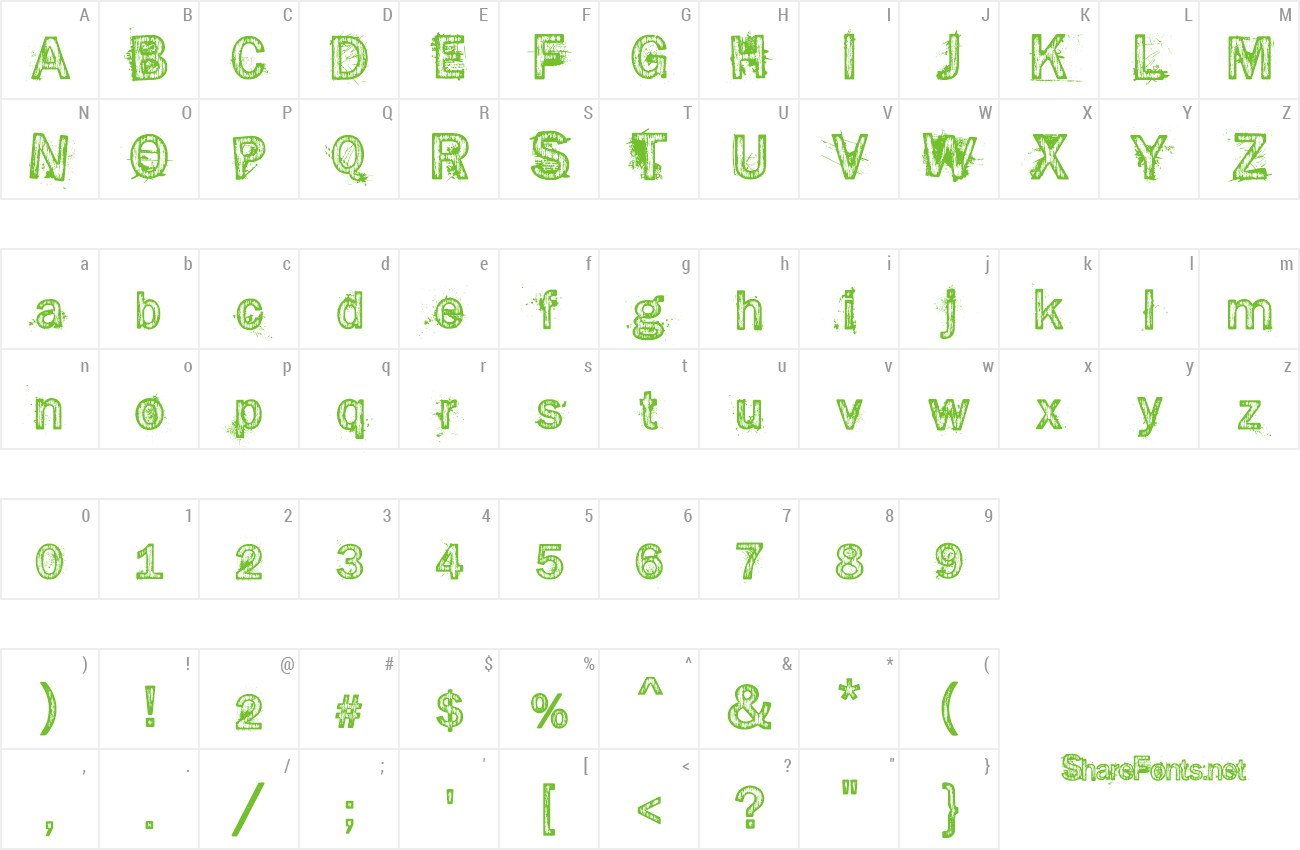

For example, the left side of the A is lighter than the right, and the first stroke of the M is lighter than the other three. ITC Franklin Gothic retains all the strength and vitality typical of early American sans serif typefaces.Ĭapitals are wide (typographers would call them “square”), lowercase letters share the proportions and letter shapes of serif typefaces – and character stroke weights echo the serif-styled counterparts in that they have an obvious contrast. Although newer typeface families such as Helvetica®, Univers® and Frutiger® have the same basic proportions and attributes as Franklin Gothic, the similarity ends there. It retains the personality and character of the original typeface, with only a slight increase in x-height and character width to distinguish it from the first version.

The ITC Franklin Gothic is a reimagining of Franklin Gothic, a design that dates back to 1902. The family suite of typefaces is large and adaptable – and is as well-suited to web content and small screens, as it is to billboards and hard copy display ads. If Bruce Springsteen were a typeface, he would be ITC Franklin Gothic. The ITC Franklin Gothic™ family embodies true American grit: it’s square-jawed and strong-armed, yet soft-spoken. This font contains twenty styles and family package options.īased on the original American Type Founders Franklin Gothic series, with enlarged x-height and condensed characters for readability and economy. Franklin Gothic is an ITC Typeface designed by Morris Fuller Benton and Victor Caruso.


 0 kommentar(er)
0 kommentar(er)
